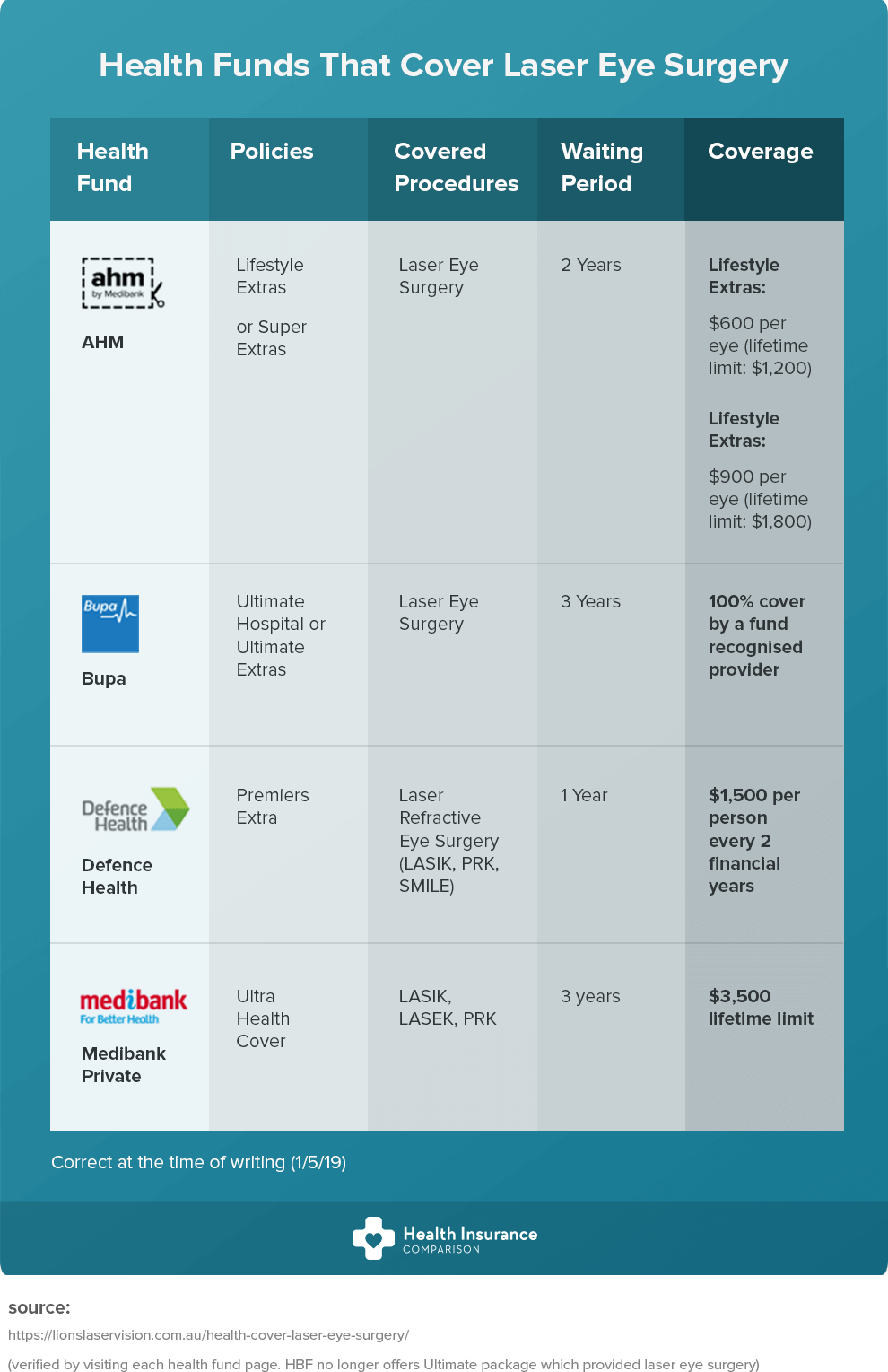Embark On An Exciting Journey Via The Development Of Cataract Surgical Treatment Methods, From Old Roots To Sophisticated Technologies That Are Reshaping The Future Of Eye Care
Embark On An Exciting Journey Via The Development Of Cataract Surgical Treatment Methods, From Old Roots To Sophisticated Technologies That Are Reshaping The Future Of Eye Care
Blog Article
Team Writer-Ottesen Serrano
As you discover the advancement of sophisticated cataract surgery methods, you'll witness a trip marked by ingenuity and precision. From ancient approaches that paved the way for modern developments to sophisticated modern technologies that are changing the field, the thorough overview of cataract surgical procedure methods is a testament to human development and commitment to boosting individual end results. The detailed interaction between historical methods and advanced developments produces a fascinating narrative that clarifies the evolution of one of the most usual surgical procedures worldwide.
Historical Strategies and Innovations
Explore how early cosmetic surgeons changed cataract treatment by using innovative strategies and devices. In where is cataract surgery performed , cataract surgical treatment was a dangerous and unpleasant procedure. Nonetheless, old Indian medical professionals were among the first to try surgical treatments for cataracts, utilizing a technique called 'formulating' where a sharp instrument was utilized to press the cataract back into the eye. This approach, though crude by today's criteria, prepared for future developments in cataract surgical treatment.
As time advanced, Arab doctors made significant payments by developing specialized needles for cataract extraction. These needles were utilized to pierce the cataract and then remove it from the eye, noting a significant renovation in surgical precision.
Later, in the 18th century, the French cosmetic surgeon Jacques Daviel pioneered the technique of extracapsular cataract removal, where the entire lens was eliminated undamaged with a larger incision. This marked a significant improvement in cataract surgery techniques, leading the way for the modern treatments we make use of today.
Modern Surgical Approaches
Early methods in cataract surgical procedure have actually advanced considerably, resulting in the advancement of modern-day medical methods that prioritize accuracy and improved patient outcomes. Modern cataract surgical treatment currently often entails a procedure called phacoemulsification, where an ultrasonic device breaks up the cataract for removal with a small laceration. This technique permits quicker healing and minimizes the threat of complications contrasted to older techniques.
Additionally, using innovative intraocular lenses (IOLs) has actually revolutionized cataract surgical procedure outcomes. These lenses can correct not just the cataract but also other refractive mistakes like astigmatism, minimizing the requirement for glasses post-surgery.
Surgeons today additionally have accessibility to advanced imaging technologies that aid in specific preoperative planning and intraoperative decision-making. Optical comprehensibility tomography (OCT) and other imaging methods provide in-depth photos of the eye's frameworks, enabling an extra personalized method to each client's surgery. With these advancements, modern-day cataract surgical treatment methods continue to enhance, supplying patients safer procedures and better aesthetic outcomes.
Emerging Technologies in Cataract Surgical Treatment
With innovations in innovation changing the field, cataract surgical treatment is observing the integration of innovative techniques for improved client end results. Arising technologies in cataract surgery are reshaping the landscape of ophthalmic treatments. One such improvement is femtosecond laser technology, which enables specific corneal incisions, capsulotomies, and lens fragmentation, bring about improved surgical precision and outcomes.
In addition, intraoperative aberrometry is getting popularity, allowing real-time measurements of refractive mistakes during surgical procedure to improve intraocular lens power estimations and reduce postoperative refractive shocks.
Moreover, making use of advanced imaging innovations like optical comprehensibility tomography (OCT) and intraoperative wavefront aberrometry help surgeons in exact medical planning and execution. These devices provide thorough physiological information and aid personalize medical techniques for each and every client's distinct eye features.
In does cataract surgery cause dry eye , growths in artificial intelligence are being discovered to help in preoperative preparation, intraoperative decision-making, and postoperative treatment, potentially enhancing surgical results and client contentment. Accepting these arising innovations in cataract surgery holds assurance for more improving client end results and ensuring the proceeded development of sensory surgical strategies.
Final thought
As you journey through the history of cataract surgical procedure, you witness the transformation from old practices to sophisticated technologies. Like a phoenix increasing from the ashes, cataract surgical procedure has developed right into a sign of hope and advancement.
Equally as a caterpillar arises from its cocoon as an attractive butterfly, cataract surgical procedure has blossomed into a polished art kind, offering patients clearer vision and a brighter future.
The evolution proceeds, radiating a light on limitless possibilities.
